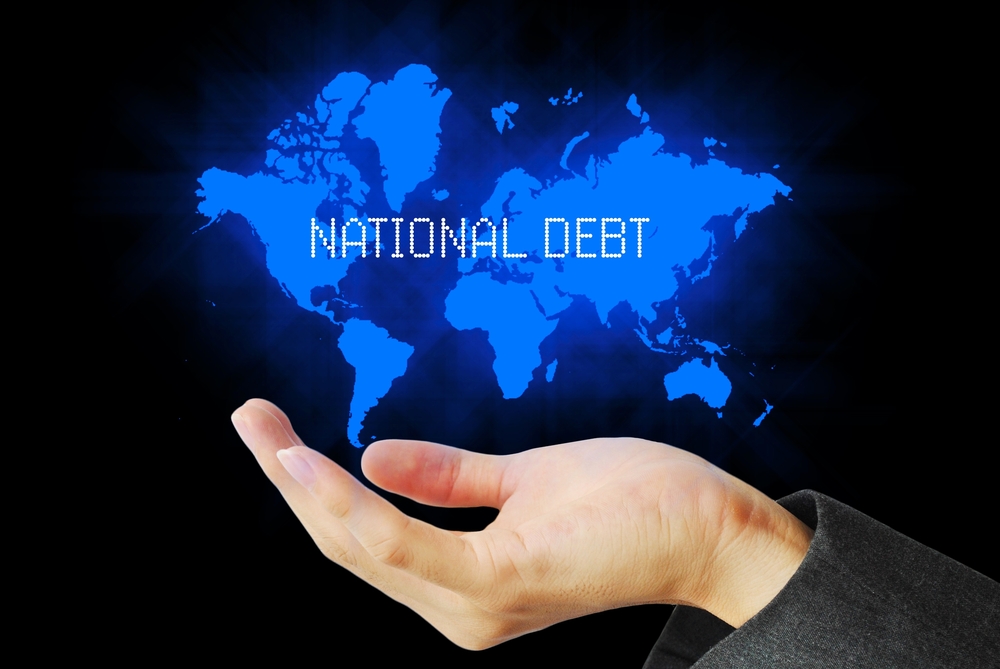There’s no question 2016 got off to a rough start, but it was almost on par with the past two years.
This year, the S&P 500 finished January down 5%. By comparison, the index fell 3.5% in January 2014 and dropped 3.1% in 2015. So the rough start seems to be the norm for recent years.
According to the popular January barometer, the month of January should forecast stock performance for the year. But in 2014 and 2015, it failed to do so. This has caused many analysts to claim the January barometer is broken.
I say it’s not.
In fact, it’s actually signaling a 20% drop in the market this year…
The January barometer is the idea that if the S&P 500 finishes January in the green, the year will likely be positive as well. Likewise, if it finishes in the red, the year should be negative.
According to the January barometer, both 2014 and 2015 should have finished negative because they both started the year in the red. But both finished positive.
In 2014, the S&P 500 was up 12%. In 2015, it finished the year basically flat; down just 0.6%, but after accounting for dividends, it was positive.
As simple as this barometer sounds, it’s still surprisingly accurate. So accurate that it’s telling me there is a 1% chance of the market being positive this year — and, if it’s negative for the year, we are likely in for a market crisis drop of 20% or more.
Low Probability of a Positive Year
Over 80% of the time, the January barometer is correct in foretelling how the year will wrap up. This has stood the test of time, dating back to the 1950s, and has never had three wrong years in a row. In fact, it has had only eight major misses since 1950.
That tells us the odds of going for a third year in a row of not following the January barometer are less than 1%. (To get the odds, you multiply 0.2 — which is the 20% chance of the barometer failing — by 0.2 and then multiply it by 0.2 again, equaling a 0.8% chance of the marketing failing to drop in 2016.)
Furthermore, the only time the S&P 500 dropped more than 5% in January and finished the year positive was in 2009, when we were at the end of a bear market.
Today, we are at the end of a six-year bull market, much like 2008. And in 2008, the S&P 500 dropped 6.1% in January and went on to finish the year down 38.5%.
The good news is that I don’t expect to see a 38.5% drop this year. The bad news is that I believe it will still be a 20% fall from today’s prices — and that’s being conservative.
To me, this is no time to be a contrarian. I’d rather use the odds in my favor, so I’m leaning toward the 99.2% odds of having a down year. Besides, I was already expecting market crisis before the January barometer signaled it.
Market Crisis — It’s All About Support
How do we know what kind of drop to expect?
For that answer, let’s take a look at the chart below.

We are on the verge of breaking lows set in 2014 near 1,800. The S&P 500 needs to fall less than 6% to break that support level and the market can easily do that if we have a down year.
So we have to see where the market will find support after breaking that 2014 low, and the next red support line won’t kick in until we hit the highs from 2007 at roughly 1,550.
That’s a 19% decline from today’s prices shown by the red arrow.
There’s also a second arrow, in orange, showing a drop to about 600 — a 68% free fall from today’s prices. That’s where the market will find support if it breaks the 1,550 level. That may not happen in 2016, but I think this demonstrates that the 1,550 level isn’t an exaggerated expectation; it’s actually modest and should be thought of more as a minimum, instead of a maximum, drop.
If you have been following my articles, then by now you are well prepared to handle a market crisis.
I have laid out the steps to take to ride out a crash, as well as the best asset to own in the event of a crash — gold.
Granted, there is a 1% chance the market will be positive this year, but I choose to follow the odds.
Regards,

Chad Shoop
Editor, Pure Income



